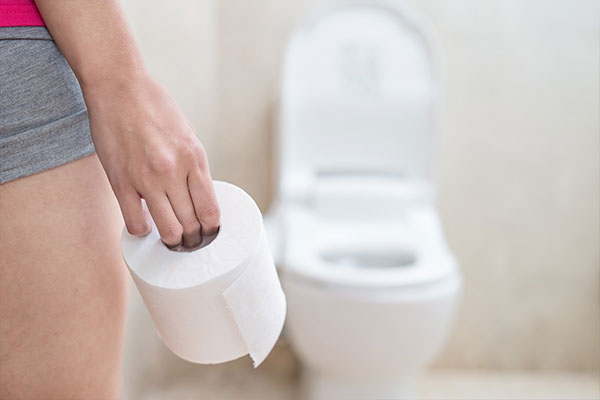Acute Diarrhoeal Diseases

Acute diarrhoea is contagious and may occur in all ages, with children being more commonly affected.
Causes
Acute diarrhoea can be caused by a number of different agents. Common infective causative agents include bacteria such as Salmonella and Vibrio parahaemolyticus, and viruses such as norovirus, rotavirus, sapovirus and astrovirus.
Symptoms
Patients with acute diarrhoeal diseases present with sudden onset of frequent loose or watery stools, often accompanied by vomiting and fever. The disease is usually mild with spontaneous recovery. Dehydration and shock may occur in severe cases.
Mode of transmission
Acute diarrhoeal diseases are usually transmitted by contaminated hands or ingestion of contaminated food or drinks, and occasionally by aerosol spread with contaminated droplets of splashed vomitus. Outbreaks may occur in settings like institutions and child care centres.
Diagnosis and treatment
Patients will be asked to submit a stool sample to rule out a possible bacterial infection. The incubation period is usually from a few hours to 5 days after exposure for bacterial diarrhoea and 1 to 3 days for viral diarrhoea. The diarrhoea is usually managed by fluid and electrolyte replacement. The patient should consult his/her family doctor for proper management if the diarrhoea is severe. Self-medication is not advisable.
Prevention
- Maintain good personal hygiene: Perform hand hygiene frequently, especially before handling food or eating, and after using the toilet. Wear gloves and a surgical mask while disposing of or handling vomitus and faeces, and wash hands thoroughly afterwards.
- Maintain good food hygiene: Keep in mind of five key points for food safety: Choose safe raw materials; Keep hands and utensils clean; Separate raw and cooked food; Cook thoroughly; and Keep food at safe temperature.
- Maintain good environmental hygiene: Regularly clean and disinfect frequently touched surfaces such as furniture, toys and commonly shared items. Use absorbent disposable towels to wipe away obvious contaminant such as vomitus or faecal spillage. Then disinfect the surface and neighbouring areas with 1:49 diluted household bleach.
*The above information is for reference only, please consult your doctor for detail.

 3405 8288
3405 8288
